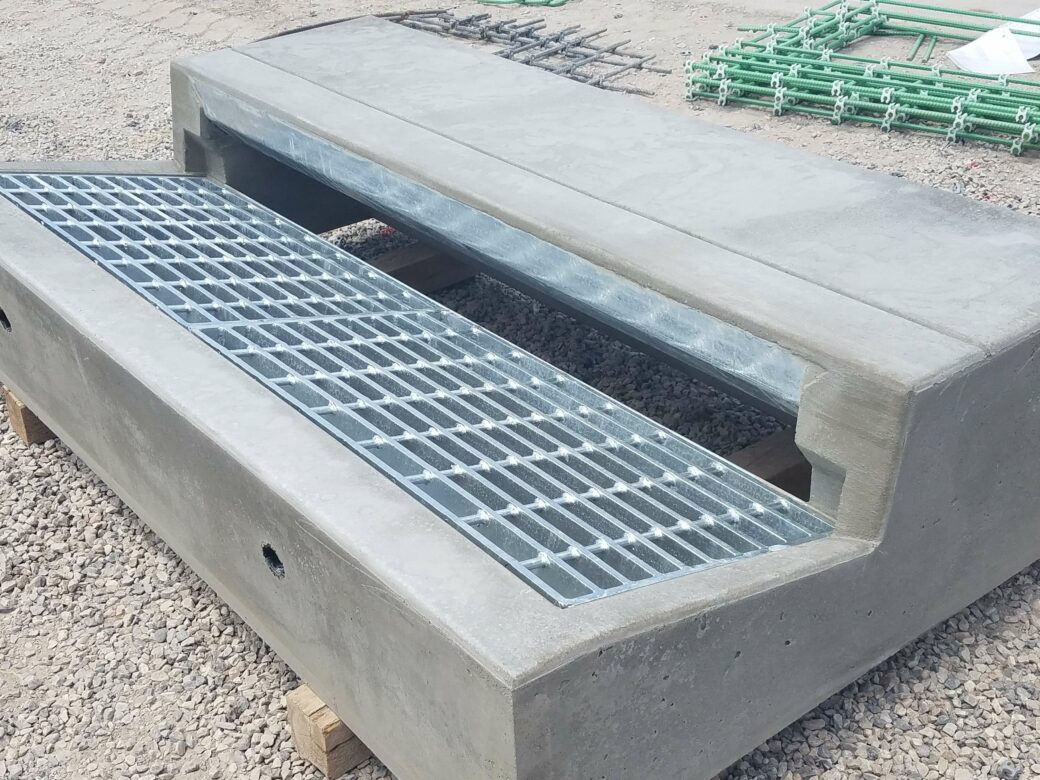
One of the main benefits of having a stormwater pit is that it can help keep your home safe from water damage. During heavy rains, the water can flow off your property and onto the street. It can cause the street to flood and create dangerous conditions for pedestrians and drivers. A stormwater pit will help prevent this by collecting the water on your property and redirecting it away from your home. Installing concrete stormwater pits is the perfect way to manage your rainwater runoff. Not only will they help you reduce flooding and save money, but they’ll also look great! Here are tips for installing a stormwater pit:
- Consult with a qualified contractor. A professional can inspect your site, recommend the best pit configuration, and provide installation services.
- Pre-fill the pit with a layer of reinforced concrete or asphalt. It will provide structural support and prevent water from seeping into the hole after it’s in place.
- Choose the correct refuse outflow pipe to connect to your pit. A “pump and treat” option is ideal if you have a septic system. If not, choose a sewer line with an in-line filter first.
- Then, connect the outflow pipe to your pit. A grab and lift device is excellent for installing a new pit when you’re building a new home or remodeling an existing home.
- Dig the hole with a shovel.
- Place the outflow pipe into the hole.
- Lay the concrete in place.
- Finish the pit by pouring a layer of sand or gravel on top of the concrete and let it set up overnight to ensure that it’s scorched.
Types of concrete stormwater pits

Concrete stormwater pits are important to many municipalities’ stormwater management systems. There are several different types of concrete stormwater pits, each with advantages and disadvantages. The three most common types of concrete stormwater pits are the circular pit, the rectangular pit, and the trapezoidal pit.
Tips for proper installation of concrete stormwater pits
Concrete stormwater pits are an important part of any drainage system. They help to collect and direct rainwater and other runoff away from your property and toward the nearest storm drain. Installation of a concrete stormwater pit is a relatively simple process, but you should keep a few things in mind to ensure a successful installation. In this article, we will provide some tips for the proper installation of concrete stormwater pits.
Conclusion:
When constructing a new one, most people only think about installing a stormwater pit for their home. However, it is not too late to install one if you already have a home and do not have a stormwater pit. Installing a concrete stormwater pit is a great way to protect your home from water damage. Another benefit of installing a stormwater pit is the reduction of flooding.








